
For all types of allergic reactions, a hypoallergenic diet is recommended. The duration of this therapeutic diet depends on the extent of the allergic process.
The main goal of a hypoallergenic diet is to eliminate the cause of the disease, that is, to identify the foods that cause the rash and eliminate their harmful effects on the body.
Classic hypoallergenic diet

Use the classic diet during allergy manifestations. Generally, the duration of non-specific diets ranges from a few weeks to two months.
The classic hypoallergenic approach is based on rules that exclude products that are considered highly allergic:
- Tangerine;
- Dairy products
- fish;
- Egg;
- nut;
- Honey;
- Cocoa, chocolate, coffee;
- Honey;
- Red and orange fruits and vegetables.
There is a list of foods that are allowed to be consumed as part of the diet during the allergy manifestation. Allowed ingredients include various green fruits, vegetables, gluten-free cereals, and dairy products.
what is this?
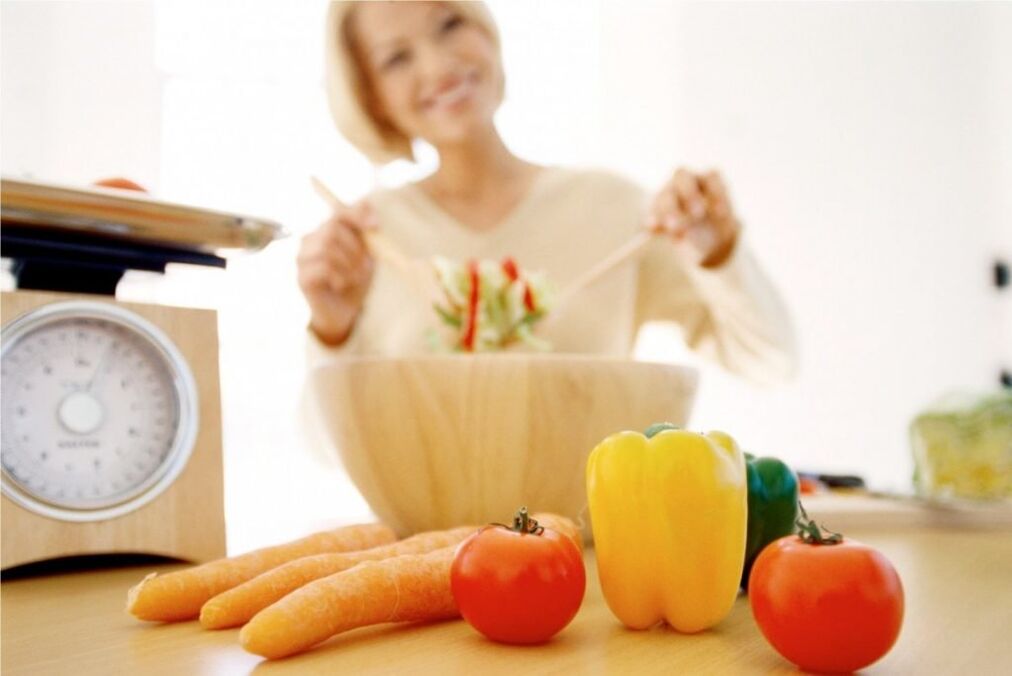
Using a hypoallergenic diet includesReject certain products that cause allergiesIn humans. Allergies may be caused by substances in one or more foods.
It is necessary to gradually abandon the product. This hypoallergenic diet allows you to identify products that cause allergies.
If the cause of the allergy is a substance contained in a variety of foods, it is difficult to identify it by using a special diet.
shopping list
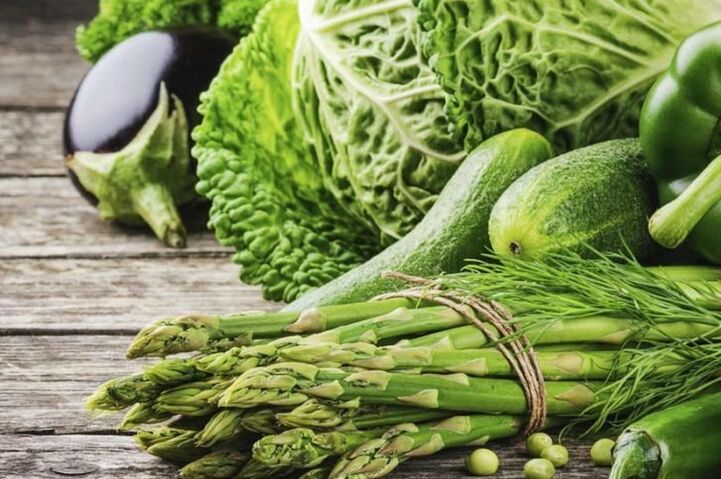
According to the degree of body reaction, there are classifications of hypoallergenic products. Suitable for children and adults with allergic reactions.
List of foods for hypoallergenic diet:
- Fermented milk products (Kefir, fermented baked milk, cottage cheese);
- Lean meat (poultry, beef);
- Viscera can be contained in food (liver, tongue, kidney);
- Certain low-fat fish products (cod, sea bass);
- Barley, semolina, rice, and oatmeal are used in cereal recipes;
- Sunflowers, olives, and butter are allowed;
- The list of vegetables in the diet consists of various varieties of cucumber, zucchini, kohlrabi, pumpkin, and cabbage); vegetable salad, dill, parsley, spinach;
- From fruits and berries, green apples, pears, black currants and white cherries, gooseberries can be included in the diet;
- Dried fruits are represented by a series of apples, pears and plums;
- The menu includes compotes of apples and pears, light tea and mineral water.
Use foods that can cause mild to moderate allergies in the diet as part of a hypoallergenic diet.
Gradually eliminating food helps to get rid of allergies, if the result is not achieved by rejecting the highly allergic ingredients in the menu:
- Cereals (wheat, rye);
- Buckwheat
- Corn grits
- Pork, lamb;
- From vegetables Bulgarian pepper, beans, potatoes;
- Fruit peaches, apricots, black currants, cranberries, lingonberries, watermelons, bananas;
- Infusion, herbal decoction.
The list of products that cannot be used with hypoallergenic diets should be immediately excluded when formulating the menu:
- Milk and whole milk products;
- cheese;
- Egg;
- Caviar, fish, seafood;
- Smoked, salted and pickled products;
- Citrus, fruit, red, orange;
- From dried fruits: dried apricots, dates, raisins, figs;
- spices;
- From vegetables: tomatoes, red peppers, pumpkins, beets, eggplants, carrots, sorrel, celery;
- mushroom;
- Honey;
- nut;
- Chocolate, caramel candy;
- Fruit juice, jelly, carbonated drinks;
- Coffee, cocoa;
- Products containing food ingredients of non-plant origin.
If rejecting a product belonging to one of the moderate or high allergic reaction groups does not show results, you should consult a doctor to determine the characteristics of the human body.
Food and menu for the week
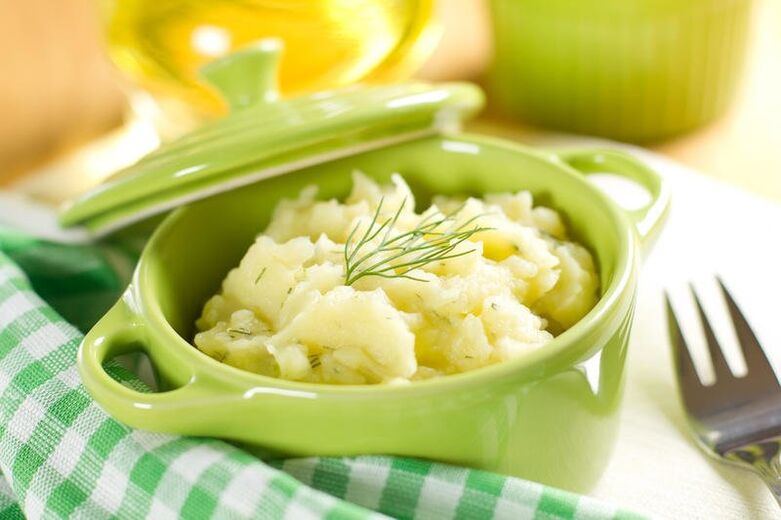
A list of foods that should not cause allergic reactions can help to develop a hypoallergenic diet menu for the week. To simplify life during dieting, a pre-compiled menu with a list of daily dishes will help.
In the one-week sample menu, the rules of hypoallergenic technology are applied based on the use of products least likely to cause allergies.
The hypoallergenic diet includes the dishes on the menu this week:
first day
- At breakfast, children and adults provide oatmeal, added fruit, allow hypoallergenic rules, and tea.
- At lunchtime, the menu includes cabbage soup, boiled beef slices, and apple jelly.
- Supper porridge, steamed meat pie, kefir 0-1%.
the next day
- The first meal was represented by cheese sandwiches, plain yogurt, and tea.
- Lunch lean meat soup, candied fruit.
- For dinner, the menu offers boiled potatoes, beef stew and fruits.
The third day
- Breakfast of pasta, tea, fruits.
- For lunch, vegetables, broth, and preserves are served.
- In the evening, you can eat boiled fish, fruits, and tea.
Fourth day
- Breakfast, polenta, fruit salad, tea.
- The lunch menu includes borscht cooked with vegetables, steamed pork steak and preserves.
- Dinner can be served with meat porridge, stewed vegetables, and tea.
Fifth day
- Breakfast millet porridge, tea.
- At lunchtime, the menu offers vegetable and beef soup, fruit, and kefir.
- In the evening, porridge is served with meat, vegetables, and jelly.
Sixth day
- For breakfast, you can have a sandwich with cooked meat, fruit and tea.
- Broth, fruit, and preserves are served during lunch time.
- Dinner on the menu includes porridge, chopped cabbage salad with herbs, and kefir.
Seventh day
- The first meal on the children’s and adult’s menu includes casserole with cottage cheese or fresh cottage cheese with sour cream (depending on taste preference) and tea.
- For lunch, you can eat lean meat soup, steamed meat steak, and preserves.
- The evening menu includes porridge, boiled meat, fruit, and additive-free yogurt.
In order to make the menu, the general diet is used according to the hypoallergenic method called "Table 5".
recipe
Hypoallergenic diet
Baked apple recipe:
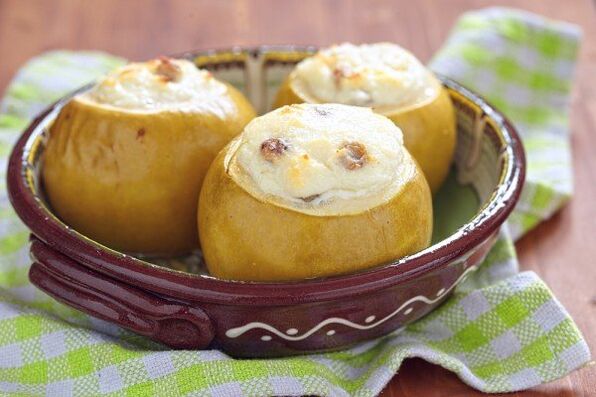
- Green apple;
- 200g cottage cheese;
- Sugar seasoning.
Grind the apple pulp and remove the core in advance. The shape of the apple must be maintained. Mix with cheese and sugar. Put the apple curd mixture into the apple left over after cutting off the flesh and core. Bake in the oven at 180 degrees for 20 minutes.
For lunch, a healthy hypoallergenic soup recipe:
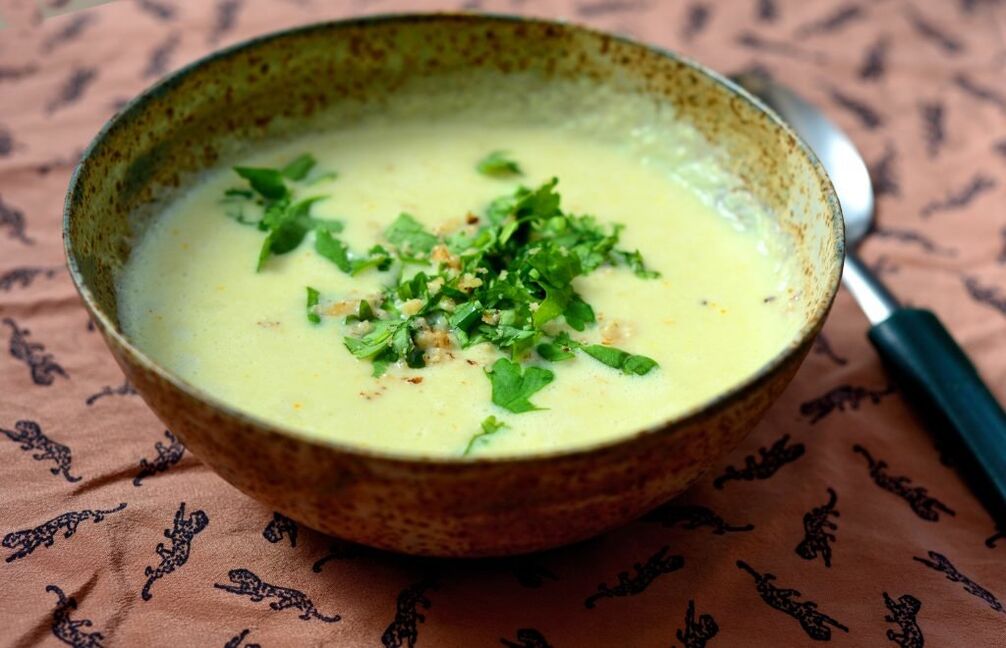
- Cauliflower 0. 3 kg;
- Hercules 50 grams;
- 1 liter of water;
- Two quail eggs;
- 100g of diluted milk mixture;
- butter.
Boil the cauliflower and puree the vegetables. Put the oatmeal in the vegetable broth and cook for 10 minutes. Pour the puree cabbage and two eggs. After boiling, add the diluted mixture and butter.
As the main course of a general non-specific hypoallergenic menu, it is useful to eat turkey with buckwheat. The formula consists of products in proportions, based on personal preference:
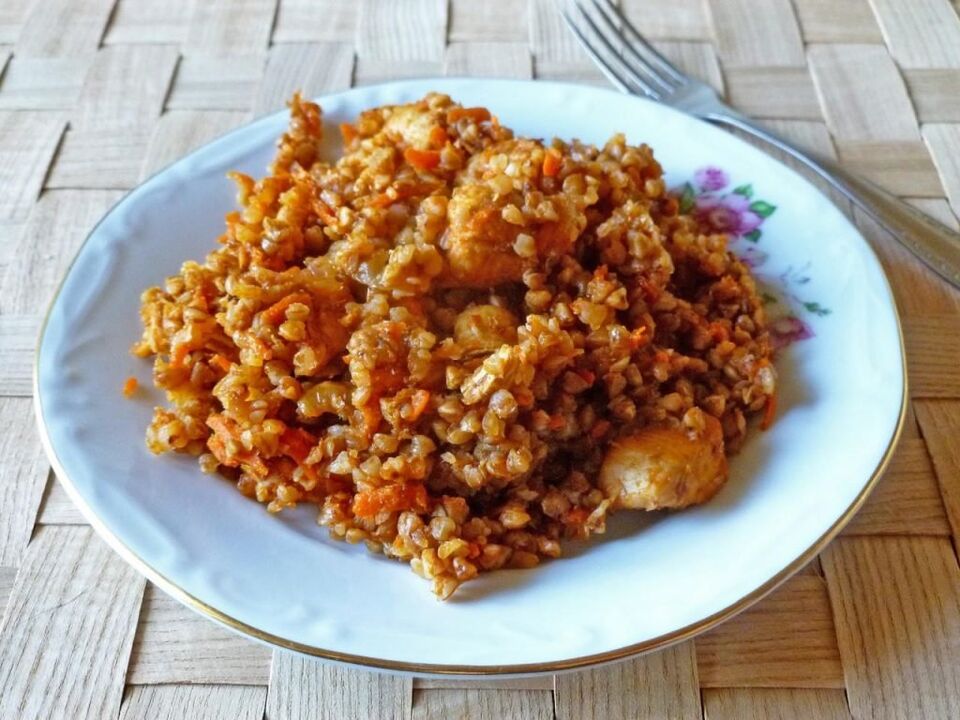
- Turkey slices
- Buckwheat
- onion.
Put the buckwheat in boiling water for one hour. Boil the turkey slices and fry the prepared meat with onions. Mix the buckwheat with the meat mixture.
Dinner vegetable casserole:
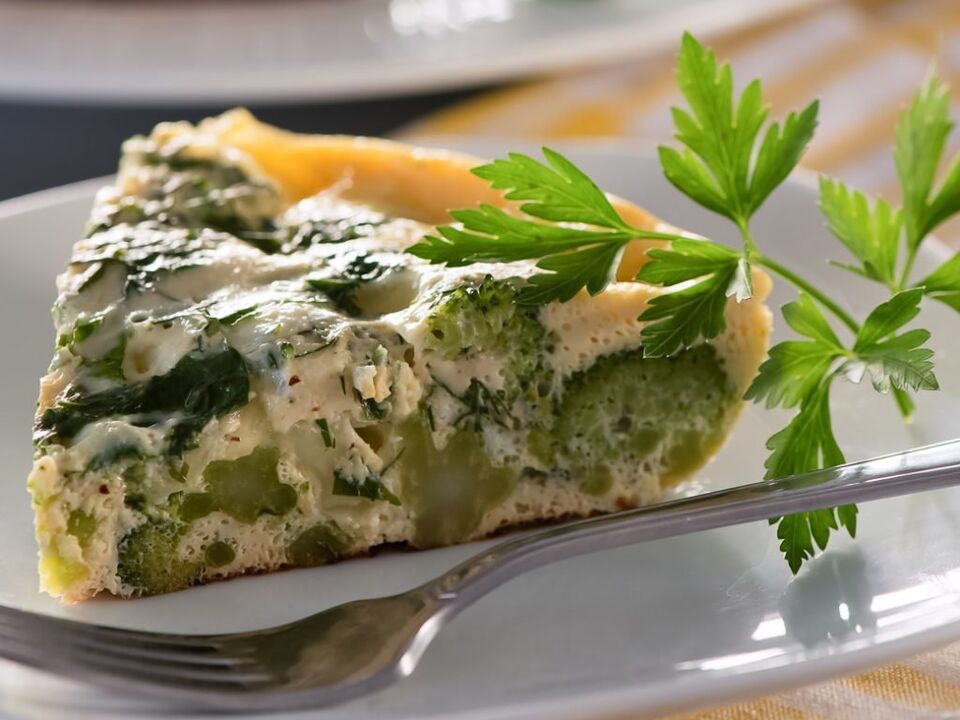
- 3-4 potatoes;
- 300 grams of broccoli;
- cheese.
The volume of the ingredients in the formula can be changed according to taste preference. Place the thinly sliced potatoes on the bottom of the mold, the next layer is broccoli, and sprinkle with cheese. Bake in the oven at 180 degrees for 40 minutes.
For desserts, as part of a hypoallergenic diet, you can provide recipes for weight loss cakes.

For cakes, use ingredients that do not require baking:
- Biscuit biscuits
- cottage cheese;
- Puree (for example, applesauce);
- banana.
Put the biscuits, cheese, and puree mixture in a blender to layer, and then add the banana slices.
Characteristics of children's hypoallergenic diet
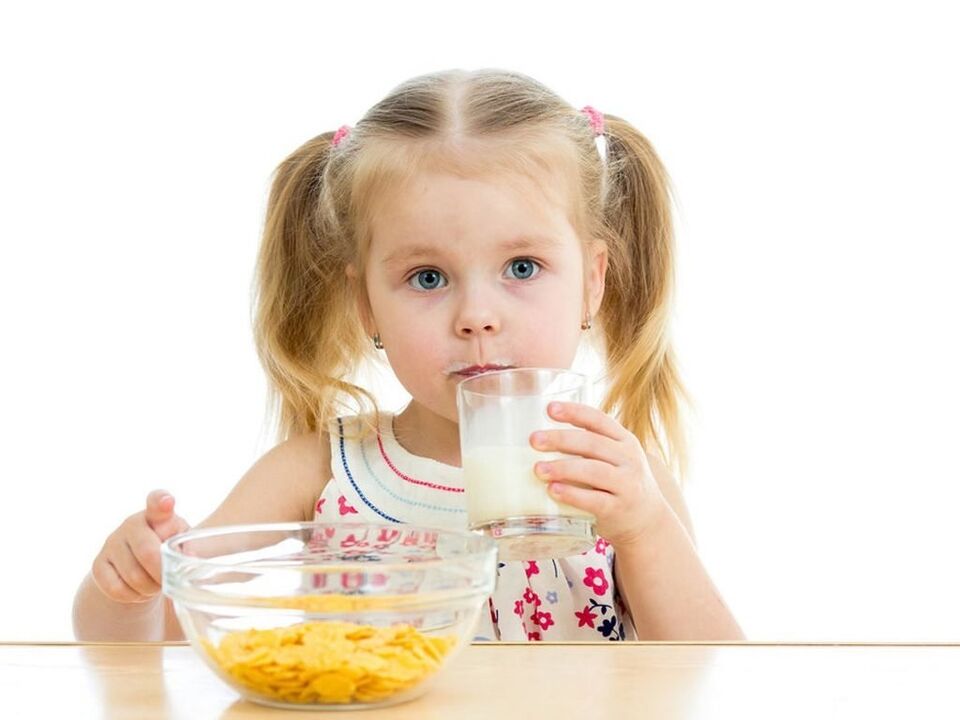
Due to the particularity of children's bodies, hypoallergenic technology has many subtle differences.
The children’s diet considers restrictions on foods that are more likely to cause allergies:
- Eggs (mainly egg yolk);
- Cows);
- Confectionery products based on chocolate and cocoa;
- Fish products
- gluten;
- Red fruits and vegetables;
- Protein found in rice, oats, wheat, and bananas.
It is recommended to exclude from the menu products that are unnatural to the children’s area. Children’s doctors claim that avoiding exotic foods in the diet can help solve children’s allergies.
Diet rules for breastfeeding mothers

The hypoallergenic diet of lactating mothers is the basis of nutrition during breastfeeding. The problem is that in the first few years of life, babies may be allergic to any food, so nutrition should be strict, and a very small amount of new food should be gradually introduced.
It may be necessary to eat and drink according to hypoallergenic rules in the following situations:
- Allergic to various ingredients in the diet of breastfeeding mothers;
- Allergic reactions occur in children who are breastfed by breastfeeding mothers.
Nutrition for atopic dermatitis
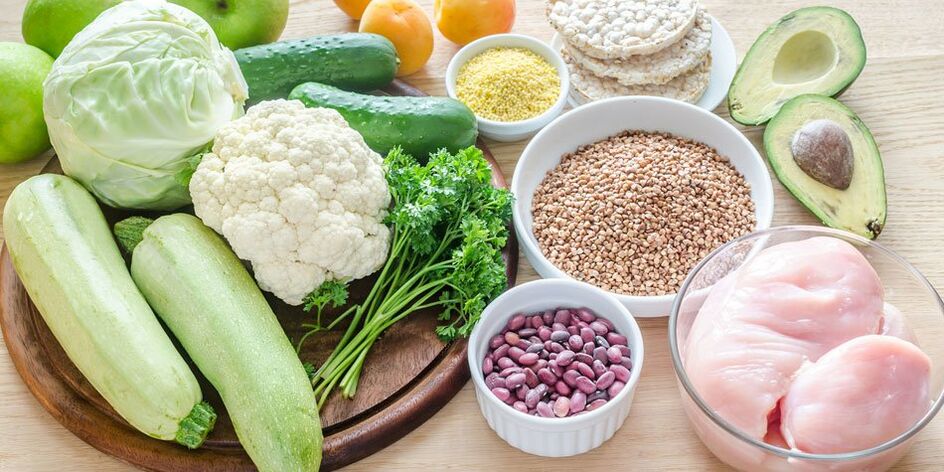
The presence of symptoms of atopic dermatitis is the basis for compliance with hypoallergenic dietary rules.
Before starting a diet with atopic dermatitis, you must:
- Perform analysis to determine the source of atopic dermatitis;
- If the ingredient is the source of dermatitis, it is completely excluded from the diet;
- For a hypoallergenic diet, you need to divide your food into 5-6 portions every day.
For atopic dermatitis, the following product list is allowed:
- Dairy products
- Gluten-free cereals (buckwheat, rice, corn);
- Green apples are best roasted;
- Dill, parsley;
- Soaked boiled potatoes;
- Black bread.
It is best to exclude:
- yolk;
- Honey;
- Coffee, cocoa, chocolate;
- nut;
- mustard;
- mushroom;
- garlic;
- Red and orange fruits and vegetables.
- Fish and seafood.
As the symptoms of dermatitis eased, a hypoallergenic product that was excluded was gradually introduced.































